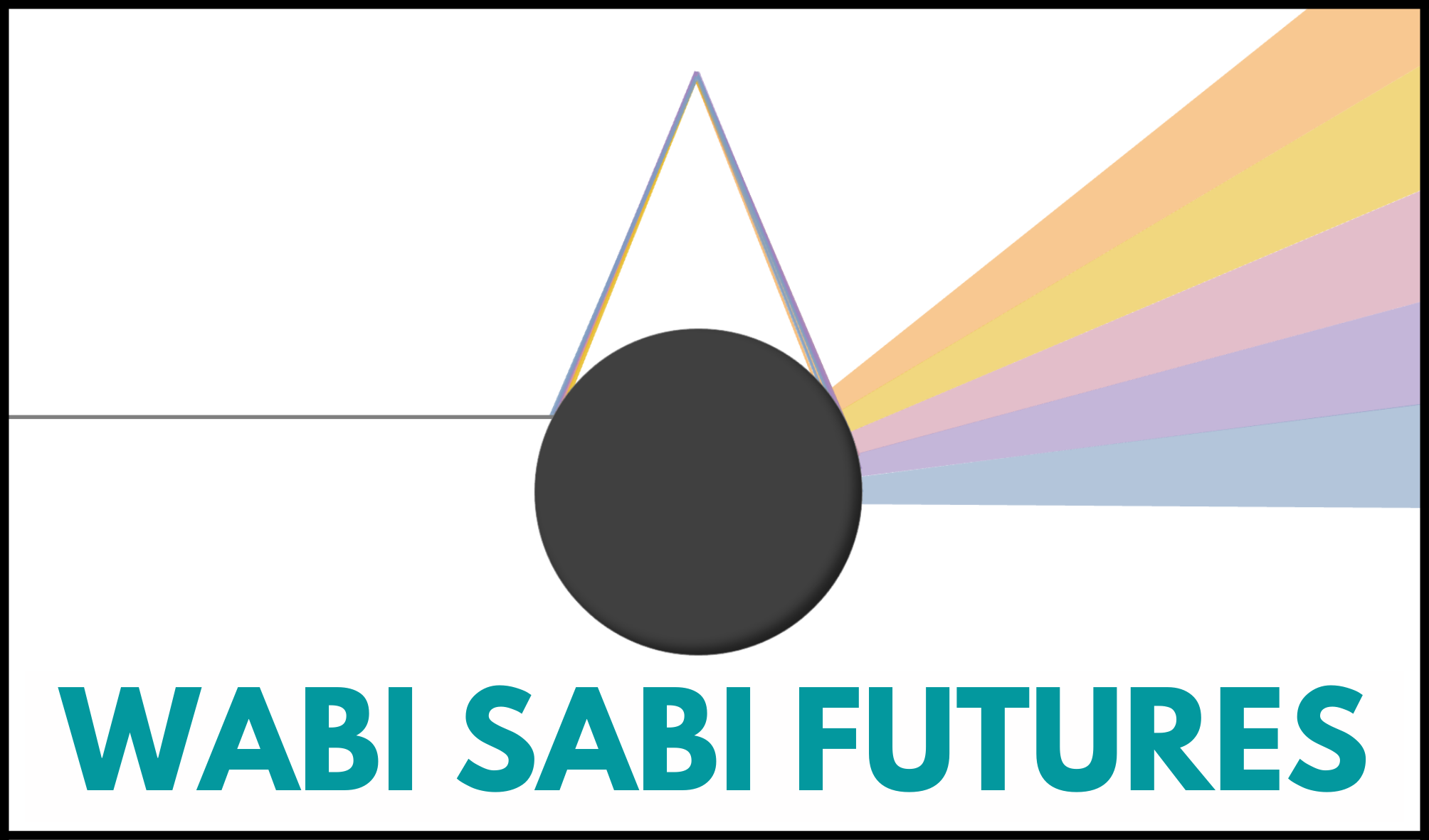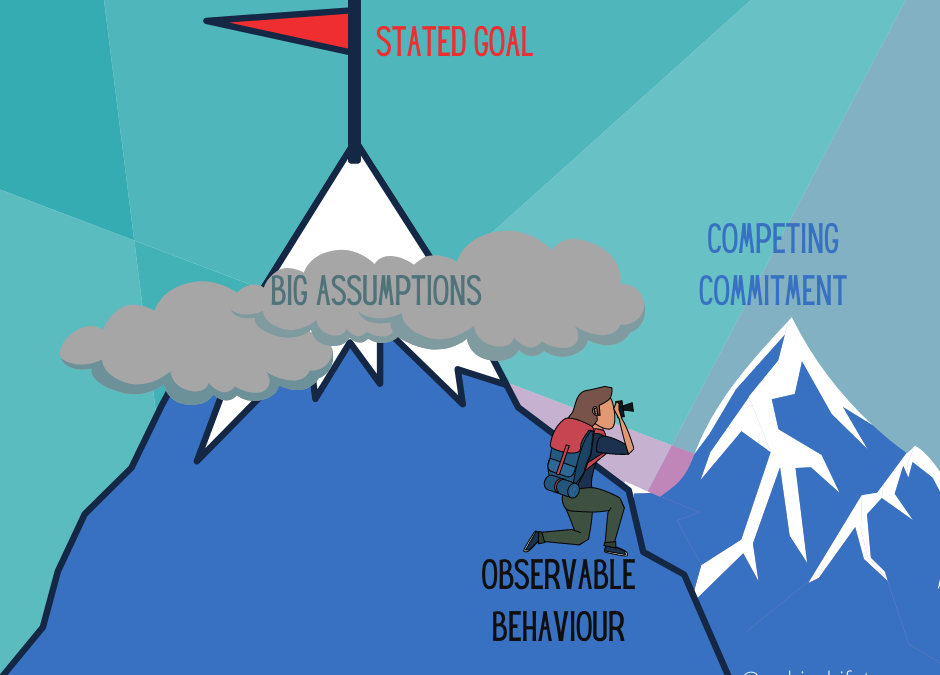At the age of 27 I got divorced. It was messy divorce that didn’t just colour between the lines, but bled out into relationships with the people around us. I was mortified by how easily the trust and safety I felt was stripped away as knowledge of my vulnerabilities and fears were weaponised against me.
After a time, I came to accept that while we both inhabited the same social spaces, anyone I spoke to had potentially heard a story intended to humiliate, isolate, or shame me. I couldn’t change that. Instead, I took control of telling my own story.
Whenever I had a new humiliating or awkward experience, I told someone about it. Stupid drunk decisions, embarrassing public blunders, awful dates, that dumb thing I said 8 years ago that my brain woke me up at 3am to remind me about. Any and all of it. I figured that if a story was going to get out about me, I could at least own it and send it out into the world myself. Initially it was a strategy for self-defence, giving new friends the opportunity to see the type of fool I am and walk away while the stakes were low. The results was quite different. Sure, some people came and left without leaving a mark, but many more started sharing their own humiliations with me in return. It became a radical, liberating space of truth telling, of showing up unpolished and highlighting our many flaws. With this approach I quickly formed more close and authentic connections with a broad diversity of different people than I had ever done pretending to have my shit together.
After a few years of living with my messy heart on my sleeve, I eventually found a place I belong, people I belong with, work that suits me, and I got comfortable. The danger of getting comfortable is that it provides you with something to lose that you want to protect, a reason to maintain stasis, to stand in place. Being comfortable provides an alternative, cosy space to withdraw into where the storm of public opinion can’t reach.
Why am I telling you all this?
2020 has been quite the year. The circumstances of my life are very different to what they were when I divorced 9 years ago, but I recognise common threads across both these transitional spaces. If I slow down and listen to what is calling me, I hear recurring signals that it is time to exercise my voice in public, offering my perspective and ideas for how we can help each other navigate this strange and shifting timespace we inhabit. To take inspiration from my 27-year old, messy divorcee self and showing up as I am, awkward, unpolished, and uncomfortably honest as I step into the arena.

Immunity to change
Listening to this story, you can see the heat generated by the friction between my intention to step into the arena, and my actual cosy, private behaviours. I am acting out what Robert Kegan & Lisa Lahey describe as a competing commitment.

This technique of uncovering and gently working with competing commitments is one of the most powerful approaches I have encountered for cultivating the conditions for change. It is equally valuable for individuals seeking to improve their own self-knowledge and ability to act beyond default behaviours, and for working with groups to recognise their collective competing commitments that keep them held in place.

I like a mountain-climbing metaphor for unpacking this approach
STATED GOAL
We begin with a stated goal, a mountain we sincerely wish to scale – in my case, a commitment to becoming more active and engaged in public dialogue about what future we seem to be moving towards and what, if anything, we should do about it. The first clue that I am bumping up against an immunity to change is that despite a lot of time and energy spent on moving towards this goal, there seems to be very little traction in moving towards it.
OBSERVABLE BEHAVIOUR
Next we take a closer look at how that time and energy is being translated into observable behaviours. Despite my stated goal, I am spending a lot of time progressing projects in isolation, scroll-holing and lurking in public spaces, and containing my perspective in closed, private spaces. These actual behaviours are starkly different from what I’d expect to see if I was making progress on my goal. In fact, these behaviours may seem puzzling and downright self-defeating, and become a great source of frustration.
COMPETING HIDDEN COMMITMENTS
These behaviours hold valuable clues about the competing hidden commitment that is in play – a different mountain that we are compelled to keep in view, one that draws our attention away from our stated goal. These commitments don’t have a flag on top – they are rarely talked about or acknowledged, tending to become an unspoken assumption that recedes into the background.
Here be dragons. Hidden commitments are often hidden for a reason – they tend to stem from shadow self, the neglected, disowned, unaccepted aspects of our selves. In my experience the potential released by uncovering a commitment is in direct proportion to the level of discomfort felt in the process. In this case, my behaviours are loyally committed to protecting myself from those same old, deep fears of being publicly humiliated, isolated, degraded or shamed. These old fears keep me small, keep my voice quiet, and keep me limited to my safe pockets of my cozyweb.

BIG ASSUMPTIONS
As these competing commitments lie dormant for so long, over time they give off moisture that forms storm clouds that obscure our vision of the paths to our stated goal. These assumptions sounds like truths, and set the rules we choose to play by. They are old beliefs, feel dangerous to speak, and uncomfortable to acknowledge.
The big assumption my hidden commitment has given rise to, that keeps me from moving forward? If I use my voice in public spaces, I will be humiliated, isolated, degraded and shamed.
REALITY TESTS
In naming the dragon we gain power over it and a point of leverage to start moving this heavy, old, lethargic energy. We do this through small, safe, modest changes to gather insights into the truth and reach of these assumptions. For me, this post is one such test – gently dipping a toe into public discourse in a cozyish space, showing up unpolished with a messy heart on my sleeve, and observing the degree of safety and vitriol it provokes. Perhaps my story will resonate, or you will find movement through considering your own immunity to change. Perhaps there will be silence. Whatever comes next, having named and owned this assumption creates a little more space and movement in my options for moving forward.

